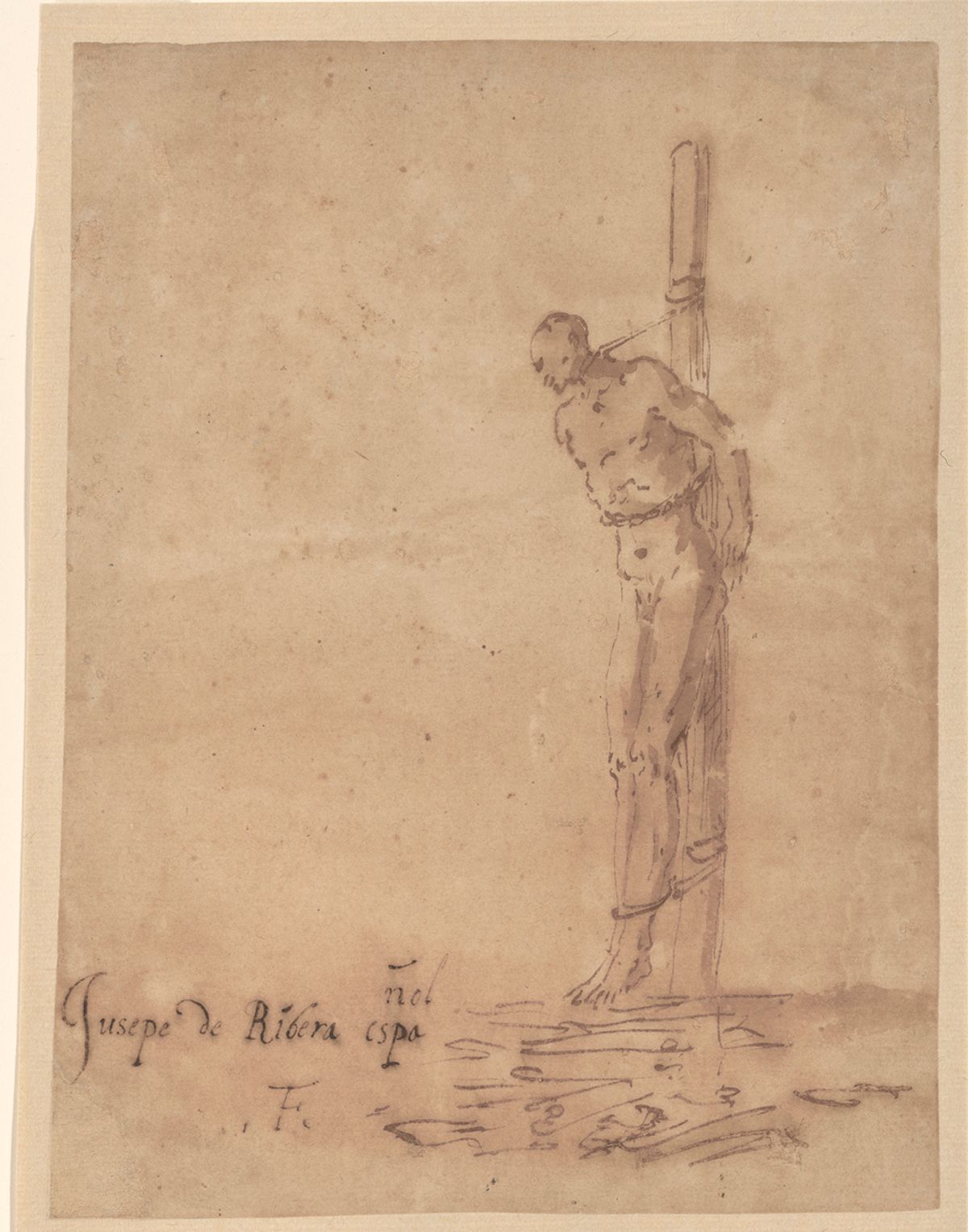This book comes as close as any to explain the peculiar phenomenon of violence and extreme suffering in Spanish Golden Age art in general and in particular the work of Jusepe de Ribera (1591-1652). While acknowledging his obvious indebtedness to Salvator Rosa and Luca Giordano as well as Caravaggio, the authors correctly reject suggestion of sadism and explore the complex religious, social and cultural milieu in which depictions of extreme bodily suffering (here, Man Bound to a Stake, first half of the 1640s) were valued in ways that are difficult, if not impossible, for us to understand.
- Xavier Bray and Edward Payne, Ribera: Art of Violence, D. Giles Ltd in association with the Dulwich Picture Gallery, 156pp, £34.95, $45 (hb)


